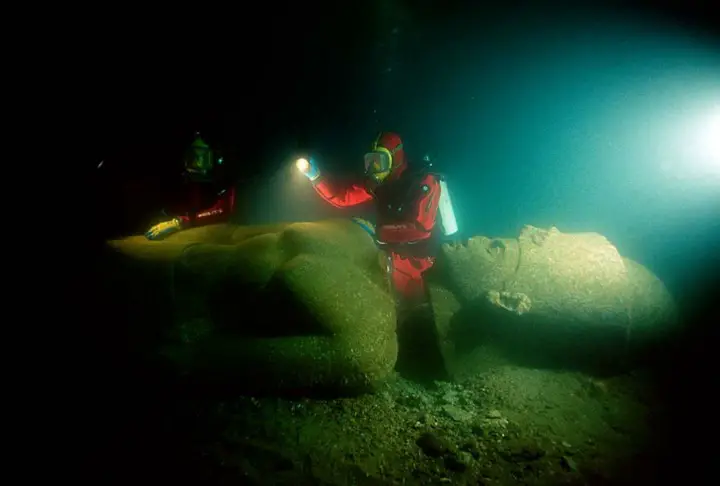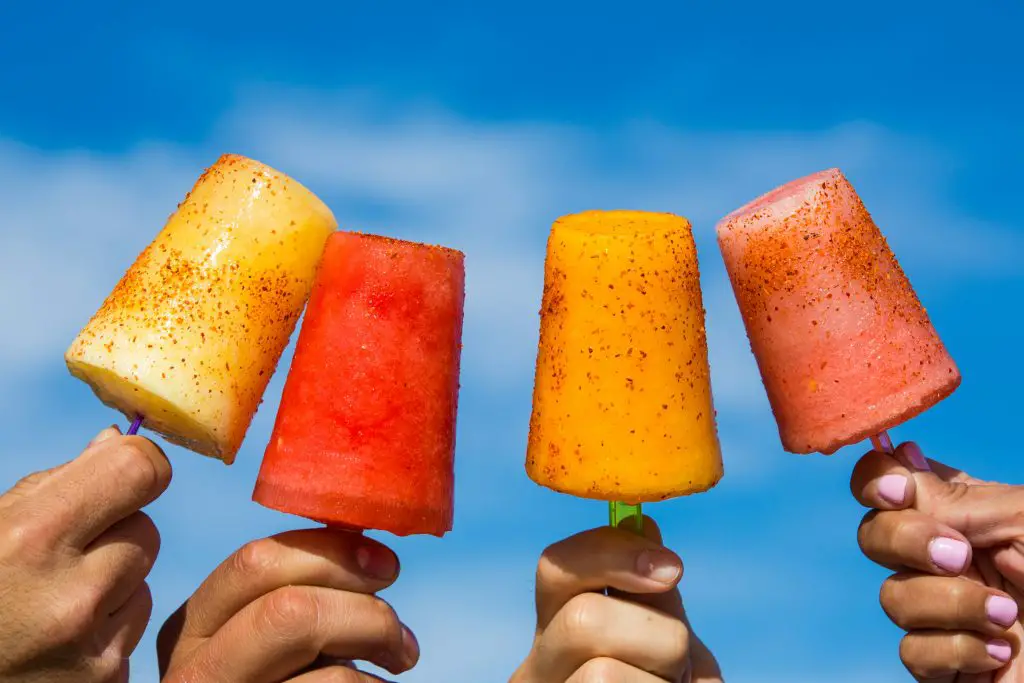 lot of the ancient world has been either destroyed by mankind or buried by nature. Within the walls built by ancient civilizations exists the missing pieces within ancient history that we need to solve the puzzle about our evolution as humans. The saying “History is a Mystery” is what attracts many people to believe that stories from ancient times are only legends.
lot of the ancient world has been either destroyed by mankind or buried by nature. Within the walls built by ancient civilizations exists the missing pieces within ancient history that we need to solve the puzzle about our evolution as humans. The saying “History is a Mystery” is what attracts many people to believe that stories from ancient times are only legends.
However, from time to time we manage to unveil objects from ancient times which prove that such stories are not legends. The ancient city of Thonis-Heracleion was believed to be the biggest legend out there, until now when archeologist Franck Goddio and his team who have been searching for this lost city since 1996, discovered its remains.
Lost city of Thonis-Heracleion
The time when Heracleion was built is not known, however, the Greek historian Herodotus had written in the 5th century BCE that a temple that can be found within the city was built in the exact location where a great hero named Herakles (Hercules) first set foot on to Egypt. Ancient records say that Herakles lived during 6th century BCE, so the city must be at least from the 7th century BCE.
What happened to the city itself is quite unclear, but archeologists have a theory. Many of the cities within Egypt in ancient times would be built on river banks, such as the one in the image above. Although the water was low enough to permit construction, it was never solid enough to maintain a structure for a long period of time.
Archeologist Franck Goddio believes that the ground under the city had been affected by many natural catastrophes such as earthquakes that the soil collapsed, sinking the city over time. The late rise of water due to climate change also affected the city by taking it even deeper underwater, therefore making it harder to find.
The sort of island on which Heracleion was built succumbed to soil liquefaction. In other words, the hard clay that the city was built on started to turn into a liquid that was not able to support the heavy buildings and it all collapsed underwater. It had taken many years for the city to fully submerge into the water. Experts believe it had reached the bottom about 1500 years ago.
The greatest discovery

During the beginning of the 20th century, there were only a handful of historians that actually believed in the existence of Heracleion. Most people saw it as a legend. The first time someone had mentioned they saw a glimpse of this city was in 1930 when an RAF commander flying over Abu Qir saw something in the water that looked like ruins.
The pilot’s tale started a new era of offshore research for this lost city, but with no luck. The technology was not advanced enough to make it possible for archeologists to find anything. It was like looking for a small pin in a stack of needles.

Franck Goddio is an expert on modern maritime archaeology who started looking for this city in 1996 with the support of the Hilty Foundation. The city of Thonis-Heracleion and part of the city of Canopus were discovered in the Bay of Aboukir at a depth of 150 feet (45 meters).

Heracleion was actually an important city within Ancient Egypt as this was where all the Greek and other foreign trading ships would pass through. This was understood from the 64 naval ships that were buried in the sand underwater, most of them being of Greek origin. Besides ships, many other things have been discovered such as statues of Egyptian Gods, gold coins, bronze statues, and dozens of small sarcophagi.

This could arguably be the most important city within Egypt at the time as it implemented a tax on imports and export, something that played an important factor in building the wealth of Egypt, as well as improving relations with other nations around the world whilst opening new trade routes.
Goddio has posted on his youtube channel videos from the archeological expedition in a series where he shows most of the uncovered mysteries from the city of Heracleion in the Bay of Aboukir. There he also talks more in-depth about the meaning behind all the discoveries and the potential history it unveils.
Avid Writer with invaluable knowledge of Humanity!
Upcoming historian with over 30 million views online.
“You make your own life.”





